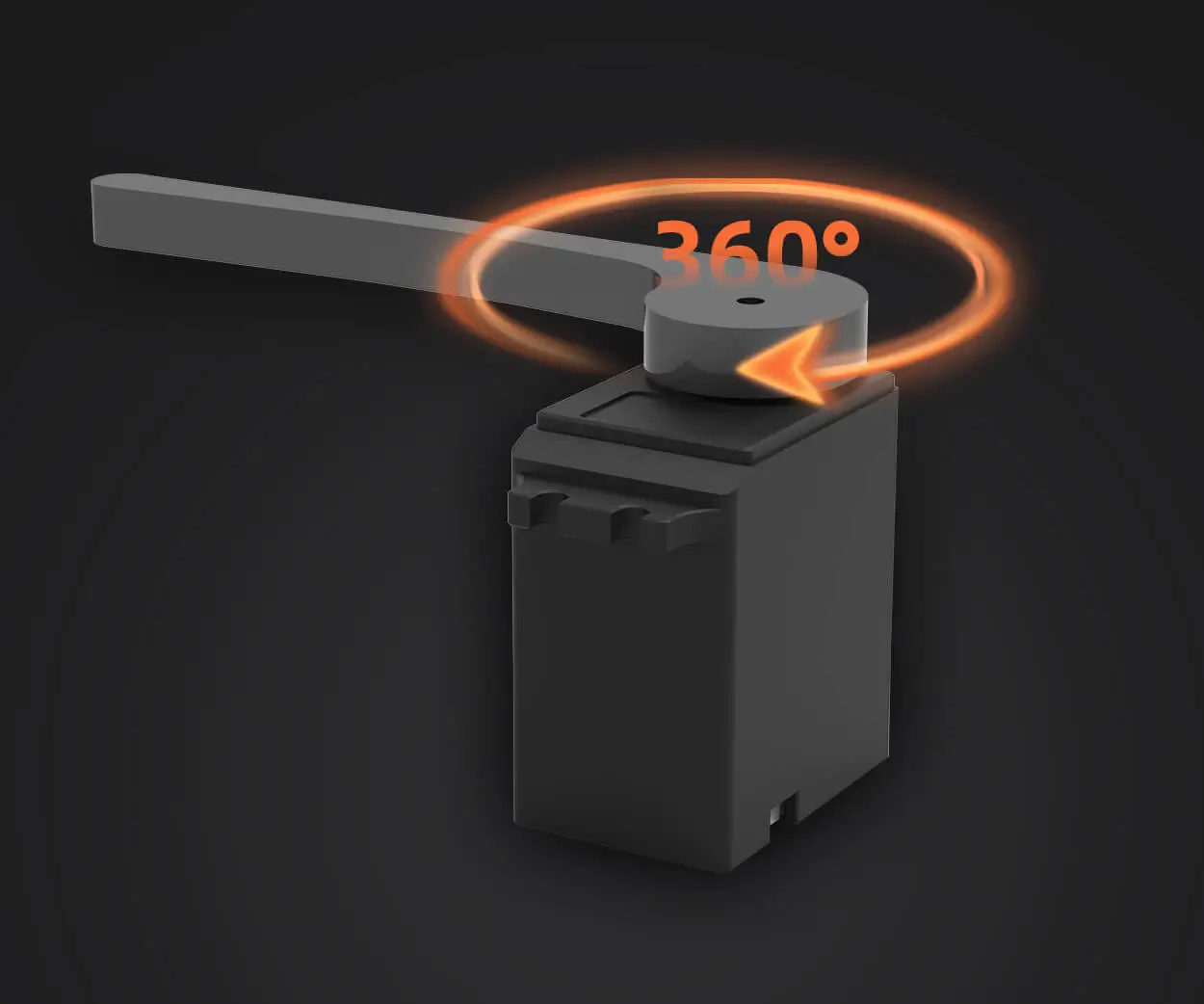In today’s fast-paced digital world, building scalable and reliable applications often involves microservices — small, independent services that each focus on one aspect of a larger system. But here’s the catch: when you have multiple microservices working together, they need to communicate. So, how exactly does communication happen between these services?

To get things right, it all starts with understanding the methods that make microservices talk to each other efficiently. One of the most popular approaches? APIs (Application Programming Interfaces). APIs are the bridges that allow one service to send requests and get responses from another. They enable services to share data and function seamlessly, even when they're hosted on different servers.
Let’s break it down with a quick example. Imagine you’re building an e-commerce platform. You have one microservice handling user authentication, another dealing with payment processing, and another managing product inventory. For everything to work smoothly, these services need to share data — like user details, order information, and payment status. This is where APIs come into play, allowing each service to access the data it needs in a simple and structured way.
But APIs are just the tip of the iceberg. There are other ways to facilitate communication between microservices, depending on your system's needs. Message brokers, for example, are a fantastic option for asynchronous communication. With message brokers, services don’t need to wait for a direct response before proceeding with other tasks. This is especially helpful for handling tasks that take time, like processing payments or sending confirmation emails.
What about when something goes wrong? This is where fault tolerance and retries become crucial. Let’s say one service fails to respond. Instead of letting everything crash, the system can retry the communication or fall back on other methods. This ensures the system remains reliable and available, even in less-than-ideal conditions.
Another important consideration is the security of the communication. When services communicate over a network, it's essential to secure the data being transmitted. Encryption protocols, like HTTPS, ensure that sensitive data is protected as it moves from one microservice to another. No one wants to worry about hackers intercepting communications!
And let’s not forget about scalability. As your application grows and more microservices are added, the communication system needs to scale up too. The great thing about microservices is that they can be scaled independently, but that also means the communication channels between them must be designed to handle more data and more requests. Cloud-native solutions can help handle this growth seamlessly, ensuring that communication remains smooth even under heavy load.
So, what’s the takeaway here? Successful communication between microservices isn’t just about choosing the right technology — it’s about creating a system that’s reliable, secure, and scalable. Whether you opt for API calls, message queues, or something in between, the key is ensuring that the components of your application can talk to each other smoothly and efficiently, ensuring a seamless experience for users.
If you’re navigating the world of microservices, getting the communication piece right is one of the most important steps you can take. Whether you’re building a new system or optimizing an existing one, ensuring that your microservices can communicate effectively will ultimately make or break your application’s success. And that’s the kind of thing that makes your users happy — and your business thrive.
Established in 2005, Kpower has been dedicated to a professional compact motion unit manufacturer, headquartered in Dongguan, Guangdong Province, China. Leveraging innovations in modular drive technology, Kpower integrates high-performance motors, precision reducers, and multi-protocol control systems to provide efficient and customized smart drive system solutions. Kpower has delivered professional drive system solutions to over 500 enterprise clients globally with products covering various fields such as Smart Home Systems, Automatic Electronics, Robotics, Precision Agriculture, Drones, and Industrial Automation.




































